Home Treatments Physiotherapy & Rehabilitation
Physical Therapy, commonly known as Physiotherapy is a branch of medical science which provides treatment, maintenance and restoration of an individual’s physical mobility. Physiotherapists are medical professionals who undertake at least a 4-year undergraduate course (Bachelor in Physical Therapy BPT).
When an individual faces difficulty with their physical mobility, they might need Physiotherapy treatments. These difficulties can occur due to old age, prolonged bad posture, injuries, slipped discs etc.
Orthopaedic: Orthopaedic physiotherapy aims at treating disorders related to the musculoskeletal system. Treatments are provided for issues related to bones, joints, muscles, ligaments and tendons.
Neurological: Neurological physiotherapy aims to promote mobility and treat functional disorders caused by nervous system problems like stroke, brain injuries, spinal cord injuries, Parkinson's etc.
Cardiopulmonary: Cardiopulmonary therapy is given to patients who have suffered heart or lung problems, including chronic obstructive pulmonary disease and cardiac arrest. This type of physiotherapy teaches patients about exercise and techniques that can help them lead a healthier life.
Other types of physiotherapy include paediatric, geriatric, and vestibular rehabilitation.
According to WHO, Rehabilitation is defined as “a set of interventions designed to optimize functioning and reduce disability in individuals with health conditions in interaction with their environment”.
Rehabilitation is care that can help you get back, keep, or improve your ability to function after an illness or injury. Rehabilitation can help you deal with the loss of physical or mental abilities caused by a disease or injury.
Rehabilitation can help people regain abilities they lost due to an illness or injury. This can include injuries and trauma like burns, fractures (broken bones), traumatic brain injury, and spinal cord injuries. Strokes, severe infection, major surgery, or some side effects from medical treatments may also require Rehabilitation therapy.
Preventative Rehabilitation
Restorative Rehabilitation
Supportive Rehabilitation
Palliative Rehabilitation
It's common for the terms "physical therapy" and "rehabilitation" to be used interchangeably, but they are different. Physical therapy is just one aspect of rehabilitation; rehabilitation encompasses physical therapy as part of your treatment if you're healing from an injury, had surgery, or have a disabling medical condition.
Rehabilitation is broader in scope than physical therapy because it also treats disorders that aren't necessarily physical. These include nervous system injuries, strokes, infectious diseases, and other disorders. Patients learn ways to lead healthier lives through rehabilitation.
Here are some considerations to make if you have a problem and want to consult a physiotherapist. Keep in mind that you and your physical therapist are a team, and working together makes the entire process simpler and more effective.
1. Record your symptoms, including their onset, duration, and context. Note whether the symptoms are resolved by resting and whether they are triggered by any movement or activity that you engage in.
2. Even if you believe it has nothing to do with your current condition, make a list of any prescription drugs or dietary supplements you're taking as well as any surgeries or other medical procedures you've had in the past.
3. Write down any inquiries you may have regarding your illness or any possible diagnostic testing. If you can, bring any diagnostic documents or lab results you have for the condition.
4. Think about taking a friend or relative with you. Someone else may ask questions that you might overlook, and they can also aid in your memory of the physiotherapist's recommendations following the visit.
5. Dress comfortably so the physiotherapist may easily reach the area that hurts or is connected to your symptoms.
The physiotherapist will then watch you perform certain fundamental movements whether standing, sitting, or lying down. Your limbs may also be moved to assess flexibility, and they may palpate (feel) the tissue to determine what is going on there. Most of the tests are painless, but a few could be slightly uncomfortable. Depending on your needs, the length of your initial consultation could reach 45 minutes. In addition to conducting a thorough physical examination that may include examining your movement and strength, the physiotherapist will ask you a variety of questions concerning your issue.
To combat inactivity, muscle weakness, and certain physical and medical issues, there are therapeutic exercises and other therapy alternatives available. The physical therapist can alleviate uncomfortable or dysfunctional problems and enhance function while also maximizing safety with the help of these procedures.
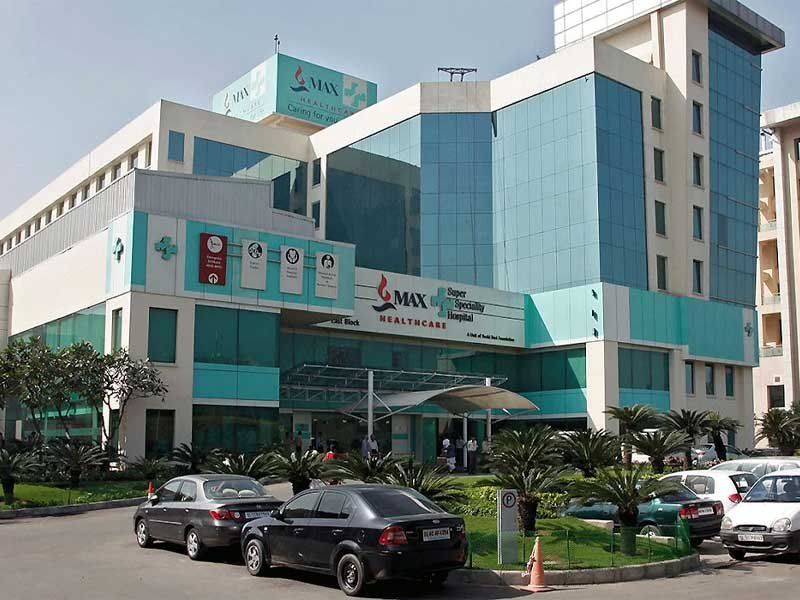
Beds: 539
New Delhi
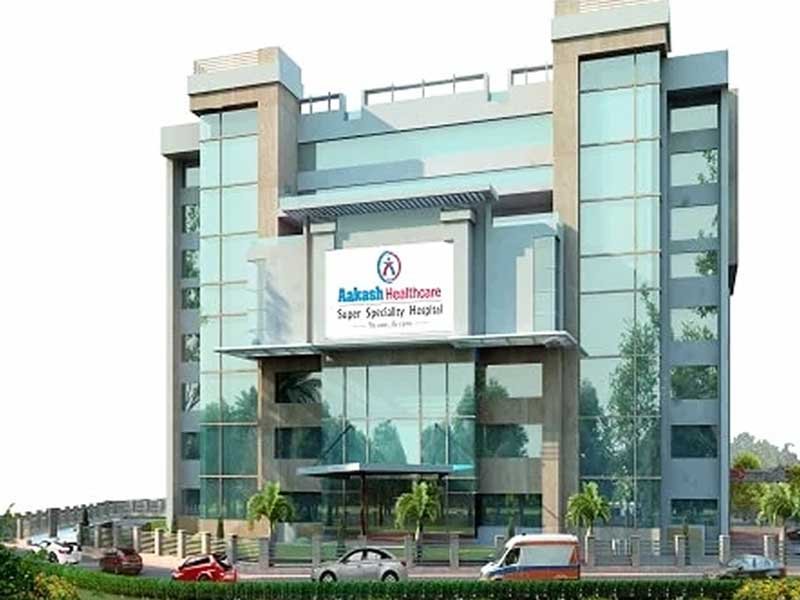
Beds: 230
New Delhi

Beds: 710
New Delhi
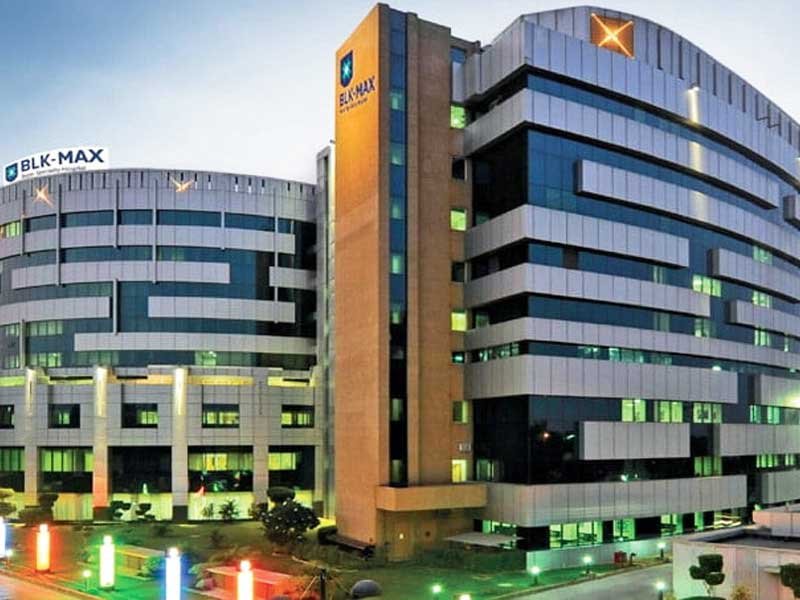
Beds: 650
New Delhi

Beds: 191
New Delhi
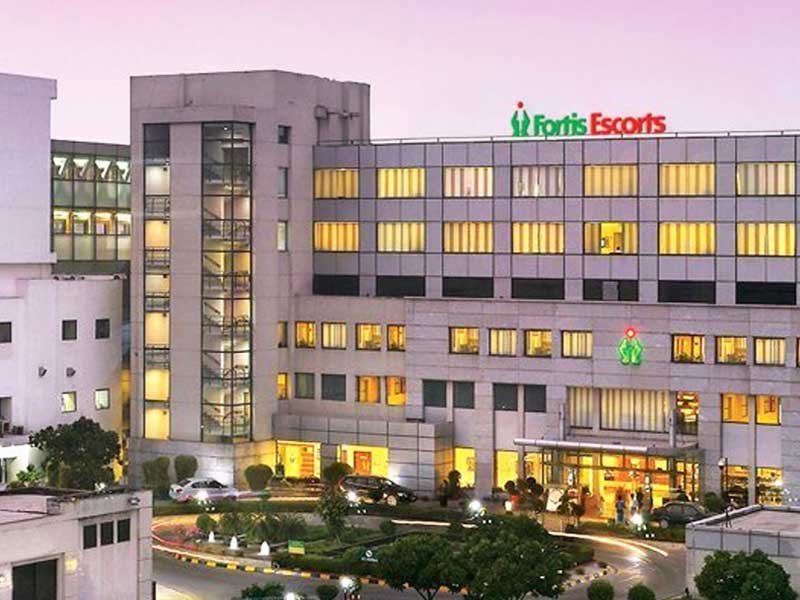
Beds: 310
New Delhi

Beds: 299
Gurugram
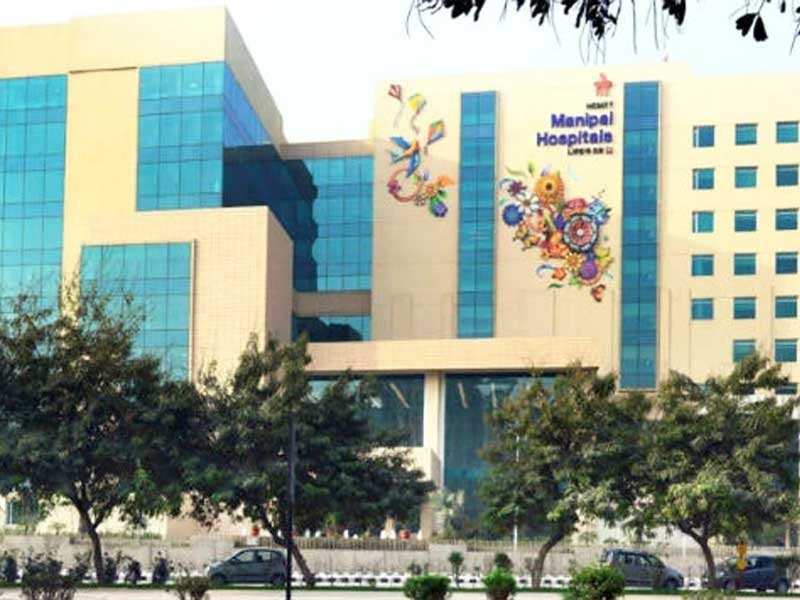
Beds: 380
New Delhi

Beds: 402
New Delhi

Beds: 1300+
Gurugram

Beds: 1000
New Delhi
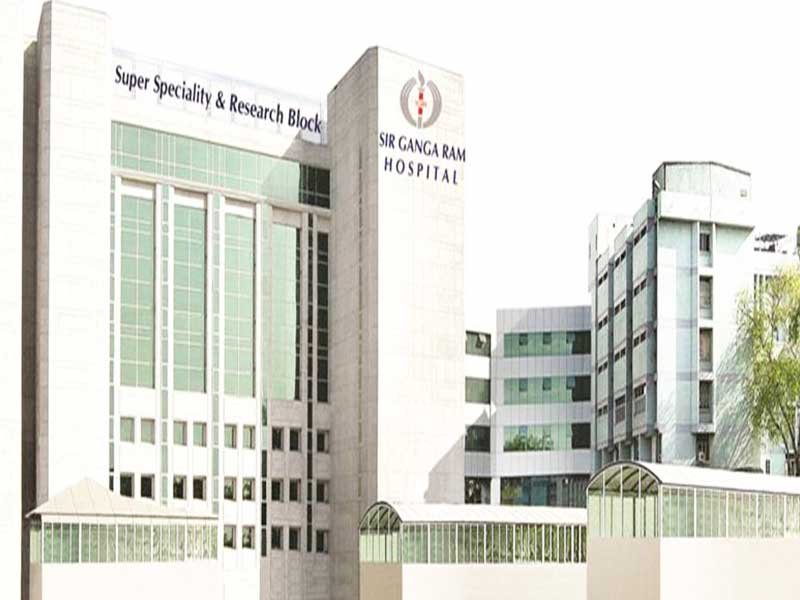
Beds: 675
New Delhi

Beds: 500
New Delhi
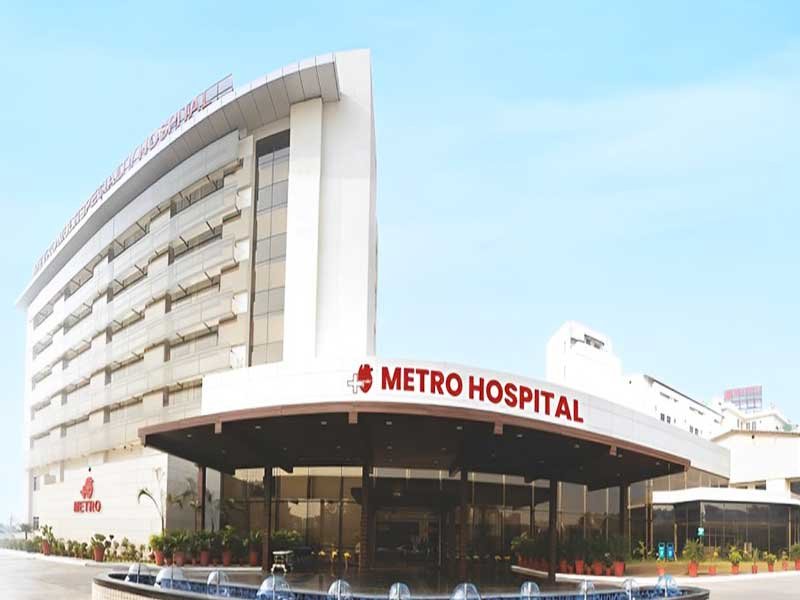
Beds: 400+
Faridabad

Beds: 106
New Delhi

Beds: 495
New Delhi

Beds: 104
Gurugram

Beds: 250
Gurugram

Beds: 300
Gurugram

Beds: 200
New Delhi

Beds: 162
New Delhi

Beds: 400+
New Delhi

Beds: 380
Faridabad

Beds: 262
New Delhi

Beds: 325
Faridabad

Beds: 550
Gurugram

Beds: 2600
Faridabad

Beds: 400
Noida

Beds: 450
Chennai

Beds: 560
Chennai

Beds: 400
Chennai

Beds: 300
Chennai

Beds: 300
Chennai
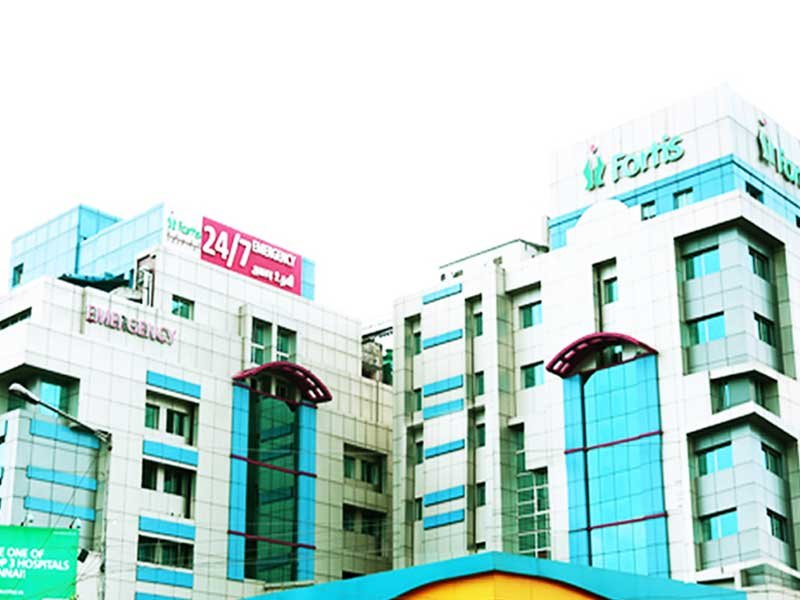
Beds: 180
Chennai

Beds: 200
Chennai

Beds: 750
Mumbai

Beds: 2000
Hyderabad

Beds: 1000
Chennai

Beds: 360
Chennai

Beds: 750
Chennai

Beds: 350
Mumbai

Beds: 345
Mumbai

Beds: 300
Mumbai

Beds: 350
Mumbai

Beds: 350
Mumbai

Beds: 310
Mumbai

Beds: 257
Mumbai

Beds: 600
Bengaluru

Beds: 284
Bengaluru

Beds: 450
Bengaluru
.jpg)
Beds: 500
Bengaluru

Beds: 250
Bengaluru

Beds: 80
Bengaluru

Beds: 284
Bengaluru

Beds: 350
Ahmedabad

Beds: 289
Ahmedabad

Beds: 210
Ahmedabad

Beds:
Ahmedabad

Beds: 550
Ahmedabad

Beds: 1000
Hyderabad

Beds: 550
Hyderabad

Beds: 150
Hyderabad

Beds: 400
Hyderabad

Beds: 435
Hyderabad
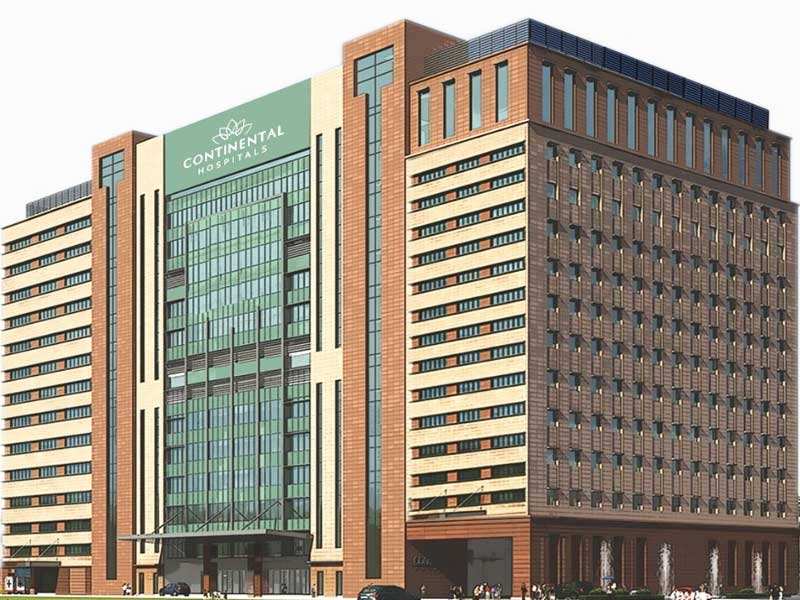
Beds: 585
Hyderabad

Beds: 600
Pune

Beds: 500
Pune

Beds: 350
Pune

Beds:
Pune

Beds: 120
Pune

Beds: 100
Pune

Beds: 300
Kolkata

Beds: 700
Kolkata

Beds: 316
Kolkata

Beds: 440
Kolkata

Beds: 200
Kolkata

Beds: 1300
Kochi

Beds: 600
Calicut

Beds: 670
Kochi

Beds: 510
Kochi

Beds:
Kochi

Beds: 20
Chennai

Beds: 450
Noida

Beds: 150
Hyderabad

Beds: 500
Mumbai

Beds: 22
Mumbai
Our care team can help you.
